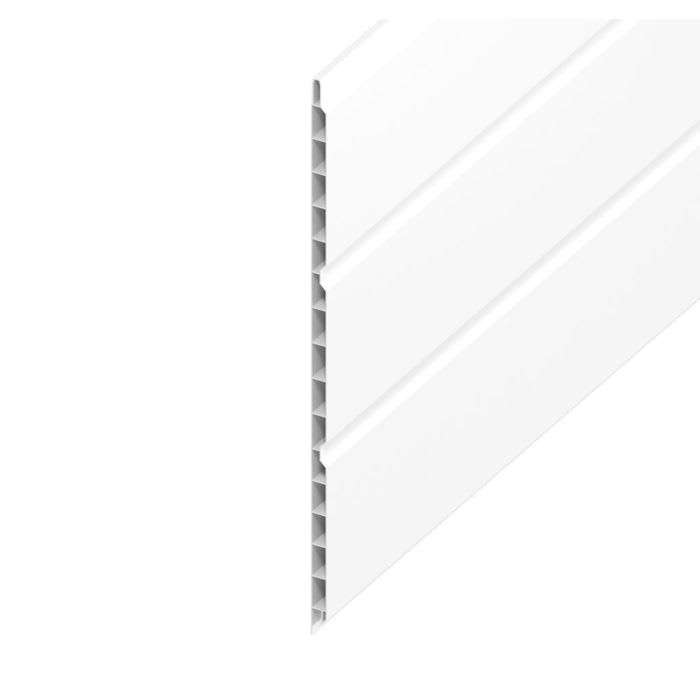Fascias & Soffits
(245 Products)Fascias and soffits form a critical protective barrier between your roof and exterior walls, working together to shield your home from weather damage while maintaining sufficient airflow. These components serve both functional and aesthetic purposes, ensuring your roof remains structurally sound while enhancing your home's curb appeal.
What Are Fascias & Soffits?
- Fascias:
- Horizontal boards along the roof’s lower edge, beneath the roofline.
- Support roof tiles/shingles and provide a mounting point for gutters.
- Protect rafters from weather exposure and pests.
- Soffits:
- Cover the underside of the eaves (roof overhang).
- Allow airflow into the attic via vents, preventing condensation and mould.
- Seal gaps to deter pests (birds, rodents, insects).
How They Work Together
Structural Protection
- Fascias cover the exposed ends of roof rafters, preventing moisture infiltration that could lead to wood rot.
- Soffits enclose the underside of the eaves, creating a barrier against pests while allowing controlled ventilation.
Water Management
- The fascia board provides a secure mounting surface for gutter systems.
- Adequately installed soffits prevent wind-driven rain from entering the roof space while allowing moisture vapour to escape.
Thermal Regulation
- Vented soffits facilitate airflow through the attic space, reducing heat buildup in summer and preventing condensation in winter.
- This ventilation extends the life of roofing materials and improves energy efficiency.
Benefits of uPVC Fascias
At Materials Market, we offer uPVC fascias and soffits, which are the ideal choice for modern homes and buildings. Here are the main reasons why uPVC is the most popular material for fascias and soffits:
- Durability: uPVC is a strong, weather-resistant material that won’t rot, warp, or crack, ensuring long-lasting protection for your roofline.
- Low Maintenance: uPVC fascias and soffits require minimal upkeep. Unlike wood, which needs regular painting and treatment, uPVC simply needs an occasional clean to maintain its appearance.
- Weather Resistance: uPVC is highly resistant to weathering, UV damage, and moisture, making it the perfect choice for homes exposed to harsh elements.
- Easy Installation: uPVC fascias and soffits are lightweight, making them easy to handle and install. This is especially beneficial for both DIY enthusiasts and professional installers.
- Variety of Finishes: uPVC fascias and soffits come in various colours and finishes, including options that replicate the look of wood, so you can achieve the aesthetic you desire without the maintenance demands of timber.
Signs of Damaged Fascias & Soffits
- Peeling paint or rot (wooden boards)
- Cracks, warping, or sagging
- Pest infestations (wasps, birds, rodents)
- Mould or water stains (poor ventilation)
- Loose or leaking gutters
Maintenance Tips
- Inspect annually for damage, especially after storms.
- Clear debris from soffit vents to ensure sufficient airflow.
- Repair minor cracks promptly to prevent water ingress.
Frequently Asked Fascias & Soffits Questions
What's The Difference Between Fascias And Soffits?
Fascias are the vertical boards running along the roofline that support gutters, while soffits are the horizontal panels underneath the eaves that provide attic ventilation. Together they protect your roof's structural timber from weather damage while enhancing curb appeal.
How Can I Save Money on Fascia And Soffit Replacement?
- Get 3+ quotes (prices vary 20–30%)
- Choose uPVC for the best value
- Combine with gutter work if needed
- Book offseason (autumn/winter) for discounts
What's The Best Fascia/Soffit System For Bungalows?
- Lightweight uPVC (easy handling for low-level access)
- Wider soffit boards (maximising ventilation in shallow roof spaces)
- Integrated gutter systems (reducing maintenance at ground level)
- Contrasting colours (enhancing curb appeal on single-story homes)
Why Do Soffit Panels Sometimes Warp or Sag?
Common causes include:
- Insufficient fixings (should be approximately every 400mm)
- Thermal expansion without adequate gaps
- Blocked vents creating condensation
- Poor original installation






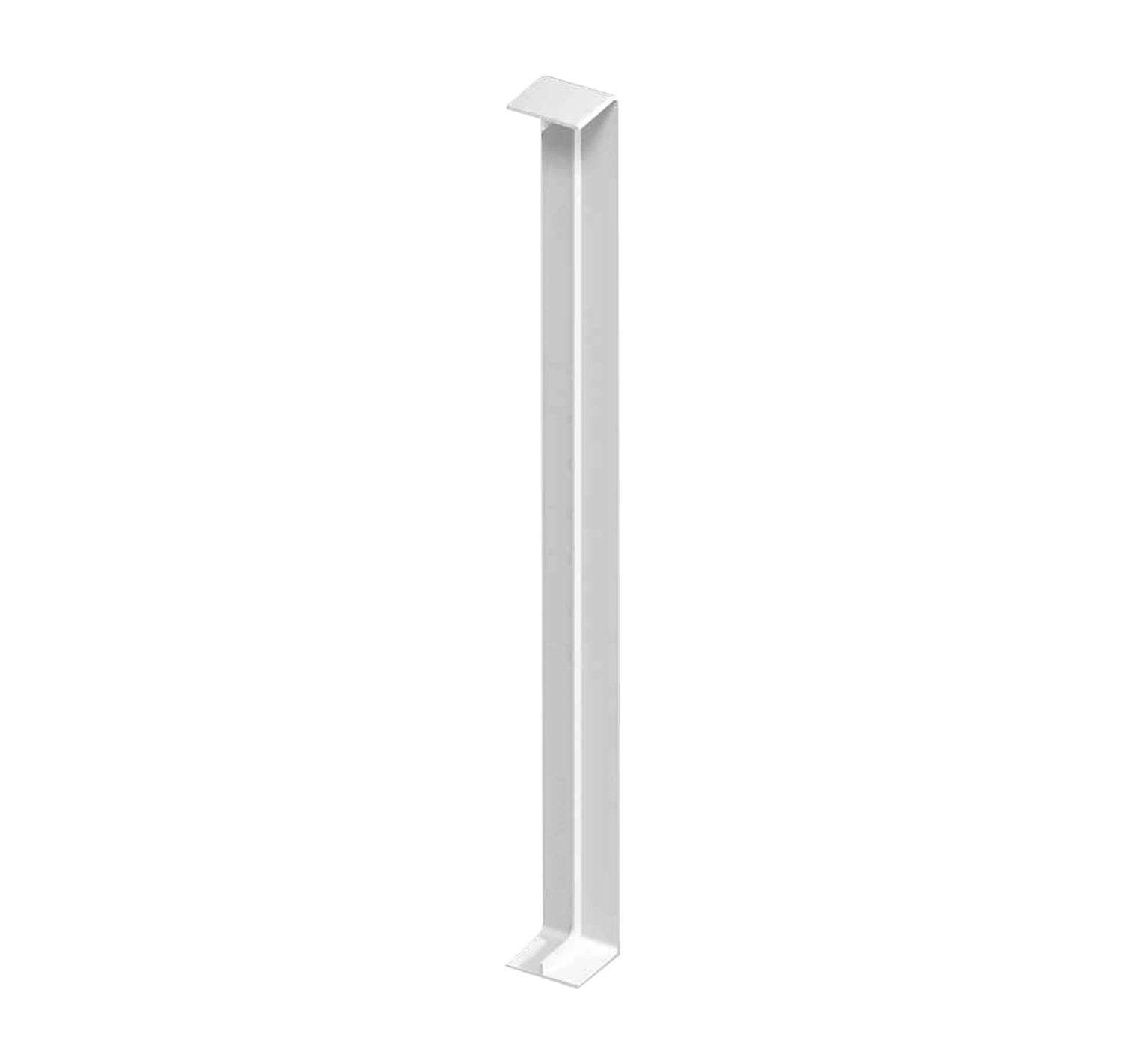
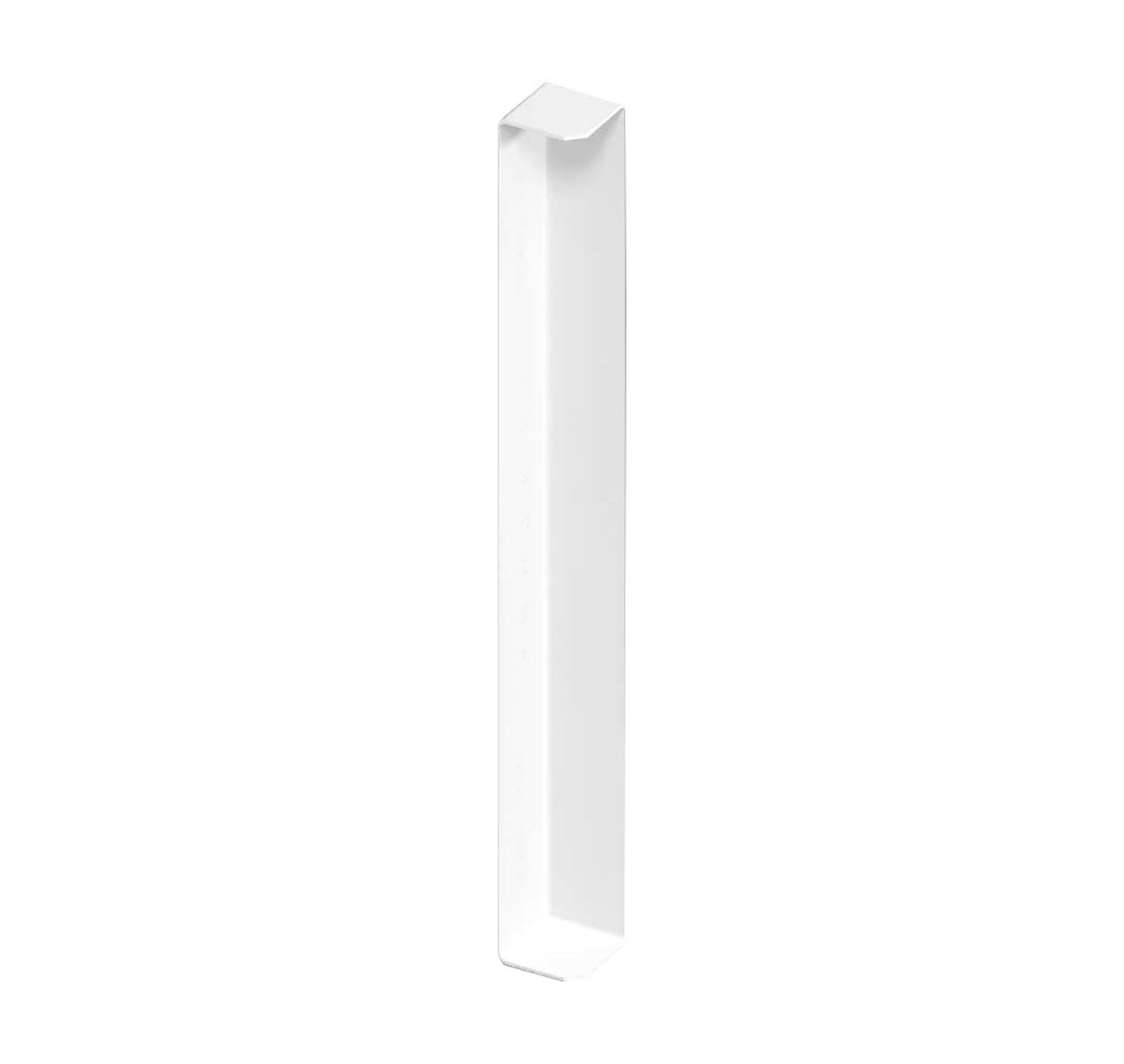

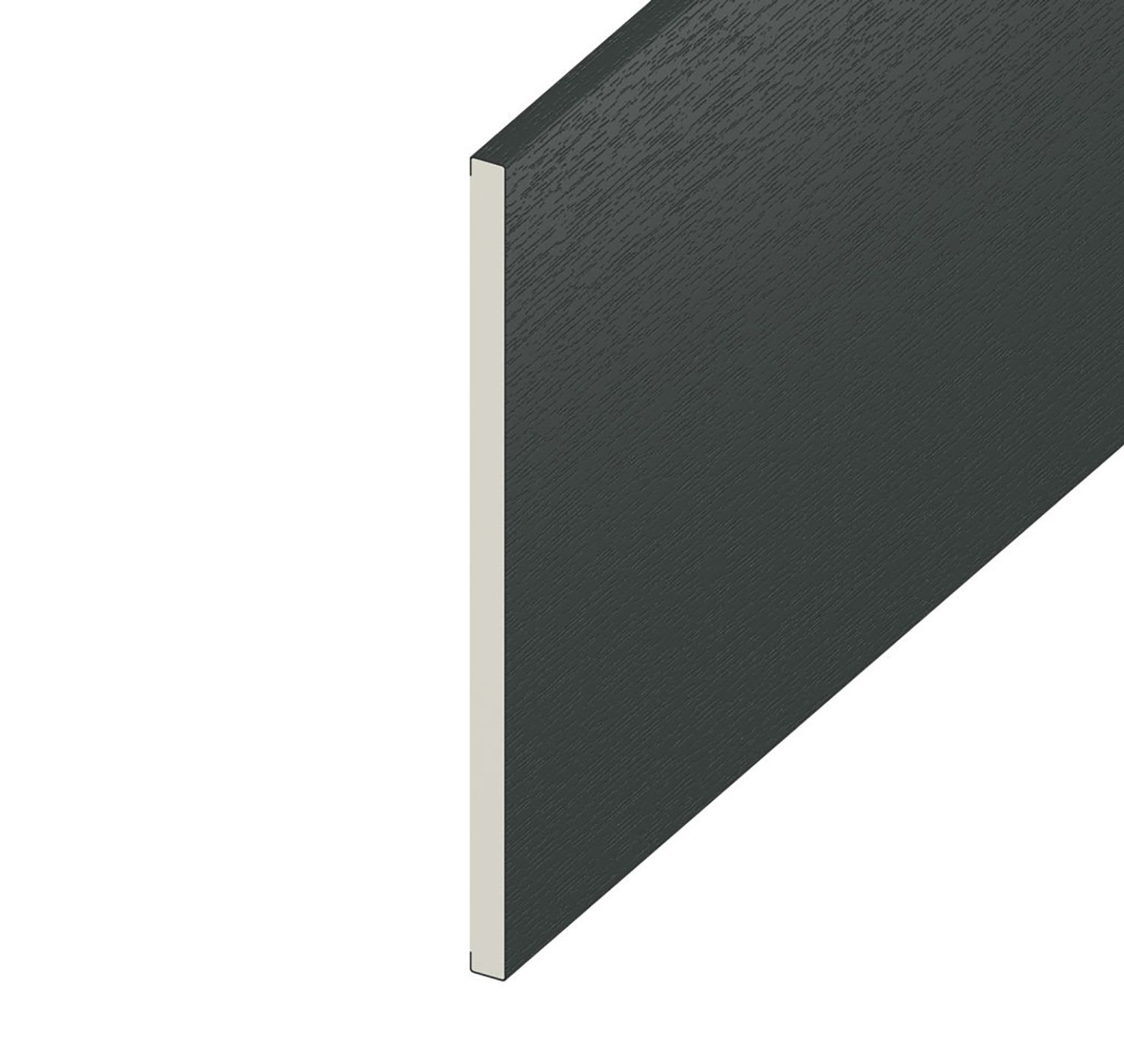

.jpg)


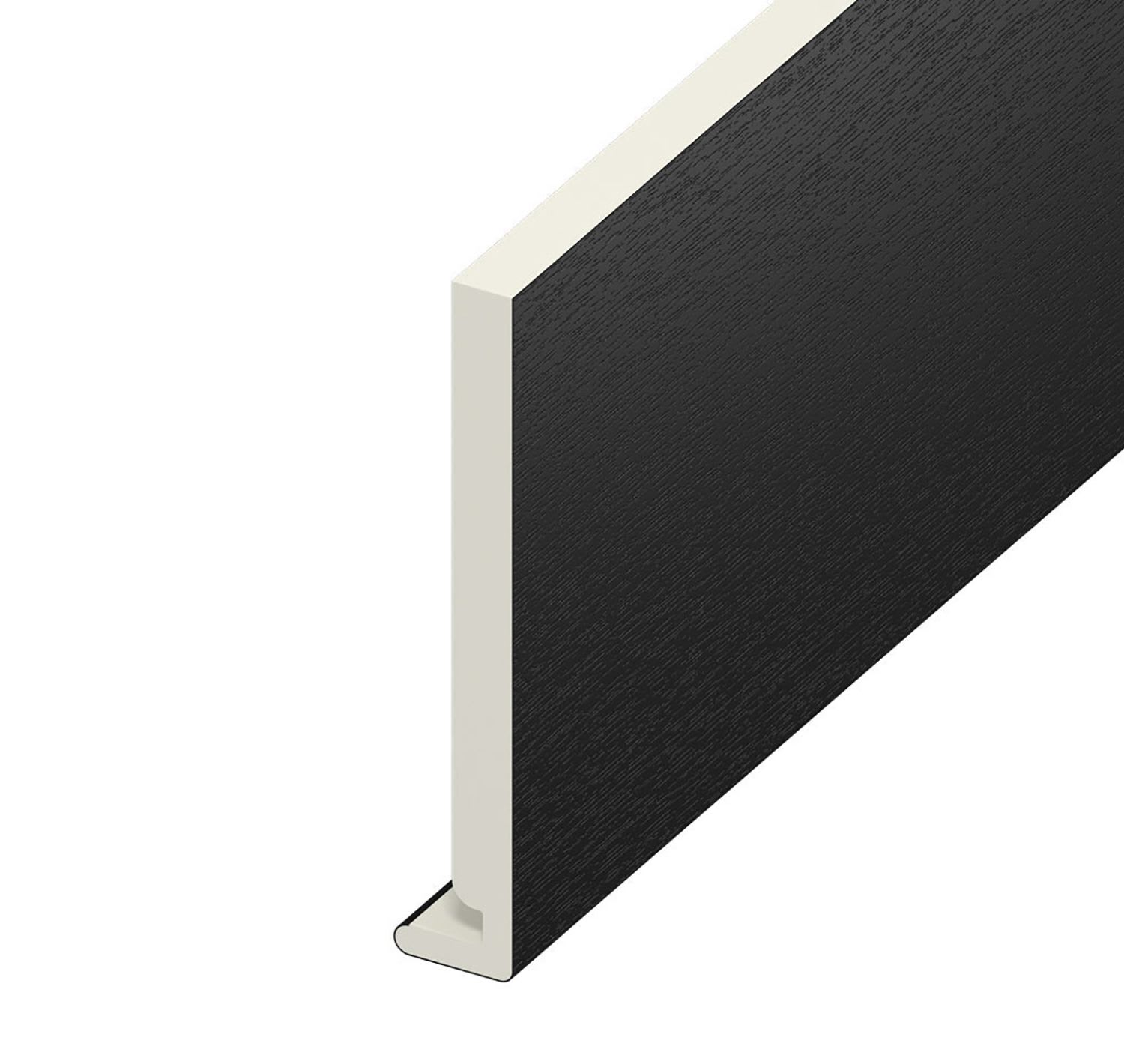

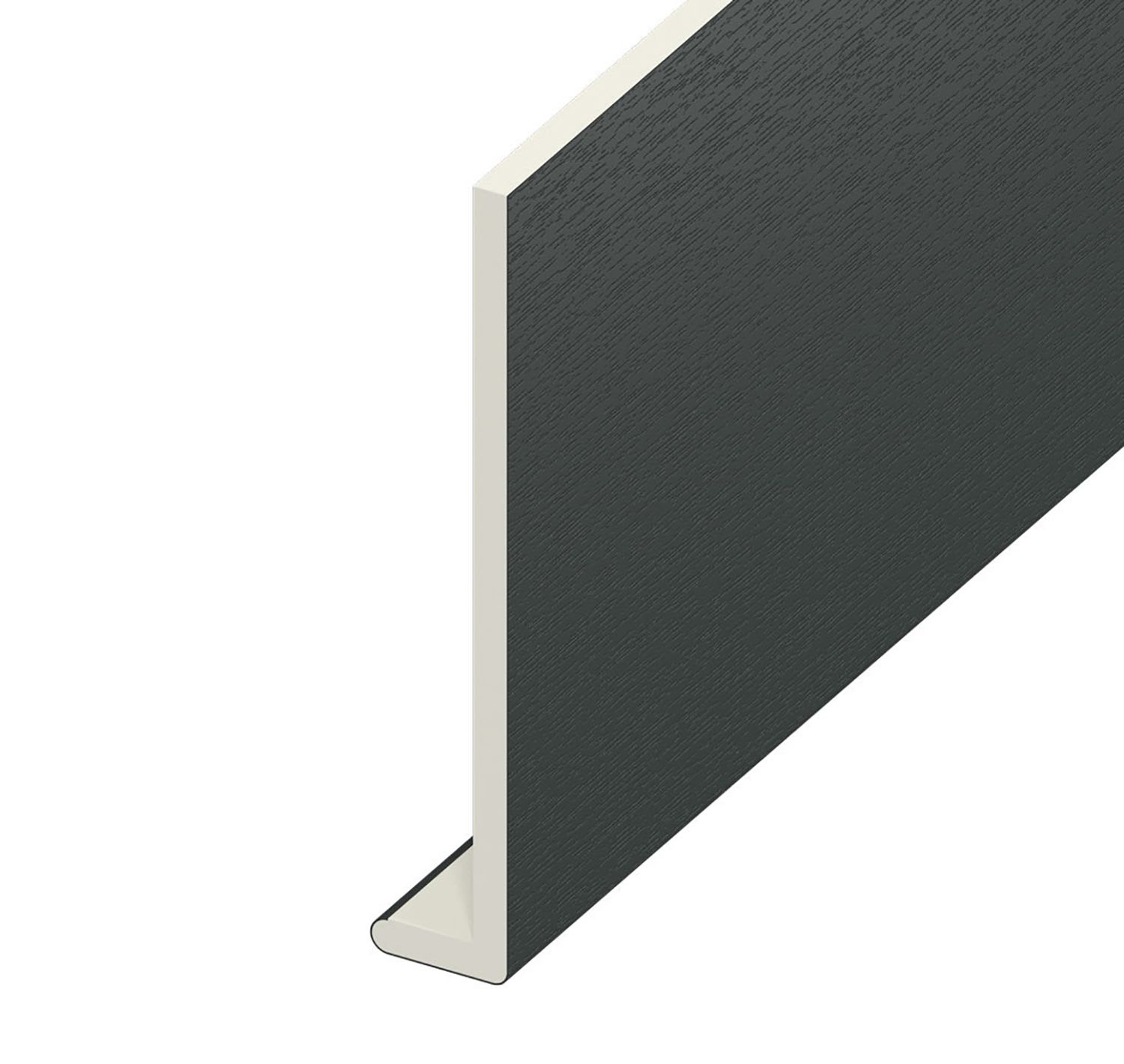
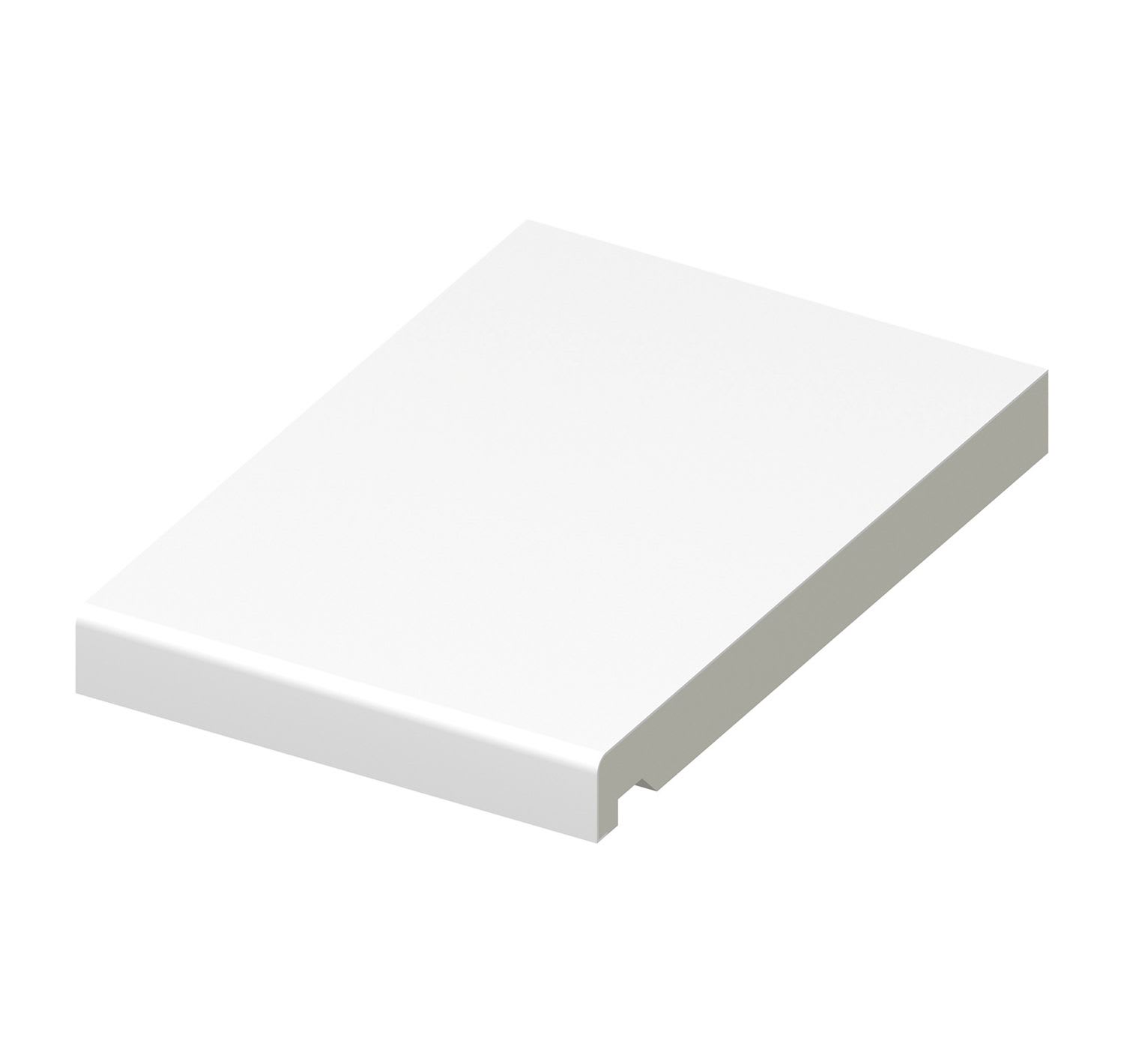
.jpg)

.jpg)
